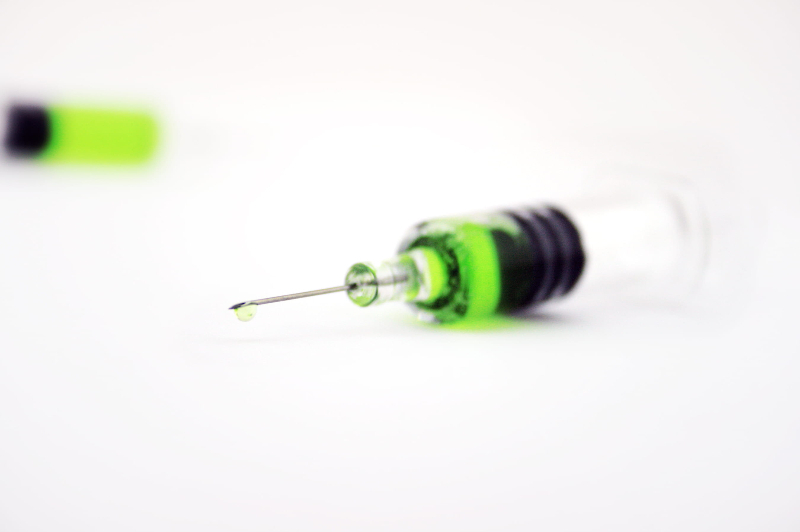This article will give you a few simple steps to know how to repair water damaged carpet using carpet adhesive syringe. Keep on reading to find out.

Carpet Basics
A carpet is commonly a textile floor covering that most homeowners use to insulate their feet from a concrete floor or cold tile, making the house floor comfortable to walk or sit in and adding decoration or color to the house.
Fiber (usually synthetic but sometimes natural) is the primary material to make a carpet. Most manufacturing companies use synthetic fiber, and the most common types are polypropylene, nylon, polyester, wool, and acrylic.
Signs of water-damaged carpet
Below are the signs that your carpet is water-damaged:
- The carpet is soggy and damp
- The fibers of the carpet are wrinkling and worn-out
- Discoloration of fiber
- Fading
- There is a presence of a musty odor
How To Repair Water Damaged Carpet Using Adhesive Syringe
Water leakage or spills is one of the simplest yet worst ways to damage a carpet. Here are six practical steps to do your carpet repair:
Step #1. Look for the source of the leak and fix it
It would be good to start looking at the source of the water leak, such as structural issues (here’s a tip on how to inspect water damaged structural beams), poor plumbing, and broken or leaking appliances; then, you have to deal with these issues first.
Step #2. Dry the carpet immediately
You can use a towel for the first wave of drying. After that, use a vacuum, dehumidifiers, or a fan to dry the water-damaged carpet completely.
Step #3. Sanitize the carpet
After drying the carpet, you have to sanitize the area to prevent the growth of fungi and other bacteria.
Step #4. Use an adhesive syringe to repair the carpet
It would be best to ensure that the carpet is completely dry and clean before injecting an adhesive. You can use a Crain no. 143 disposable adhesive syringe with 2 inches long and 13 gauge needles to glue down your carpet.
Step #5. Flatten the carpet
After injecting the adhesives into your carpet, gently flatten the carpet area using your hands to avoid bumps.
Step #6. Put a heavy metal on the area
Finally, to ensure that the carpet is not loose or bubbly, you can put heavy metal on the area and leave it for at least 12 hours.
(If you want to know how to repair water damaged floating floorboards, check this out.)
6 Types Of Carpeting
There are six types of carpets, and each style has its look and performance condition:
1. Textured carpet
This type of carpet features alternating twists of yarn that makes a two-tone look. It is durable, hides footprints, and is suitable anywhere in your home.
2. Plush carpet
Even its twist and finish create a velvety look, yet this type shows footprints and vacuum marks. This kind of carpet is better in low areas such as living rooms, dining rooms, or bedrooms.
3. Frieze carpet
This is suitable for high-traffic areas, very durable, and does not show vacuum marks or footprints. It is a cut pile with a very high twist that curls over at the end carpet.
4. Cable carpet
Its features are long thick yarn, making it beautiful and comfortable. However, like plush carpets, it is not advisable in high-traffic areas.
5. Berber Carpet
This one has bulky loop yarns and is very durable. Berber comes in solid colors, dots, and different patterns; ideal carpet for casual living areas.
6. Cut-and-loop carpet
The cut-and-loop combination of this carpet creates various patterns, mainly geometric and floral designs.
What is the best and most durable type of carpet available?
Nylon carpet fiber is the most durable and stain-resistant carpet, and because of its durability, it is perfect for heavy foot traffic areas. Most homeowners choose this kind of carpet fiber for their house.
How often should you replace the carpet?
You can replace your carpet every six to seven years, but it can last more than ten years if appropriately maintained. Some homeowners update carpets frequently depending on the need, especially in busier homes.
What are the common causes of carpet damage?
Here are the six most common reasons for carpet damage:
- Dirt or mud
- Heavy furniture
- Liquid spills and stains
- Musty Odors
- Household pets
- Burns
How to prevent carpet damage
- Make sure there is no water leak
- You can keep away or train your pets not to scratch the carpet
- Use rugs in high-traffic areas of your house
- Put coasters under your furniture
- Avoid dragging heavy items across your carpet
- Use carpet cover if doing some projects that can damage it
- Regularly clean and sanitize your carpet
Conclusion
How to repair water damaged carpet using carpet adhesive syringe? Find out the cause first and follow the next steps in your repair.
You can do it yourself but do not forget to use safety measures or ask for help from professionals.
